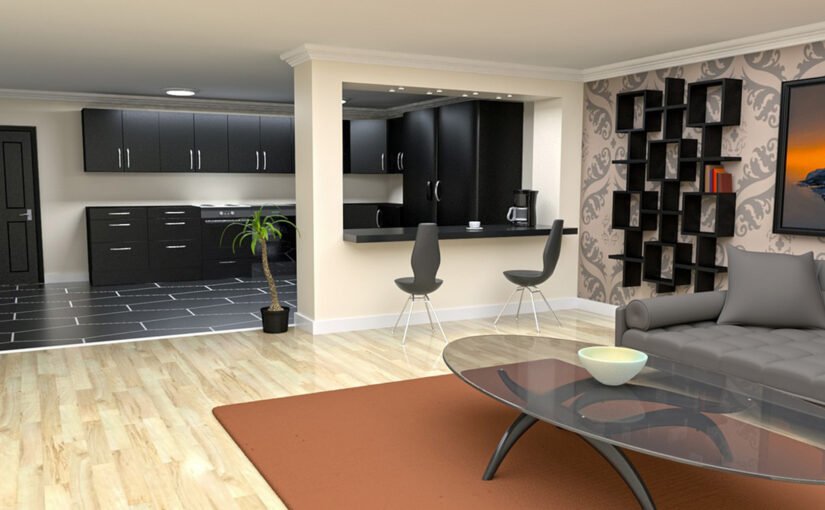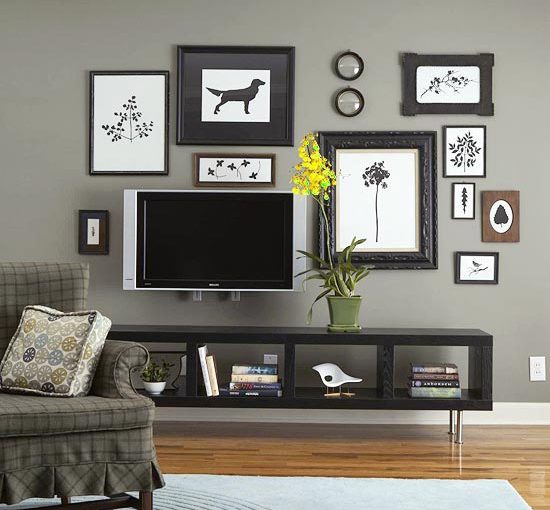
Have you painted the interior of your home recently? If not, your home may not feel as comfortable and luxurious as it could.
There are many ways to improve the interior of your home, but one of the best options is to choose the perfect paint color for each room. The right paint can bring a room together and make it feel comfortable and elegant, so it’s important to follow the latest interior paint trends.
Here’s how to choose the best interior paint for your home.
Keep the Feeling of the Room in Mind
One of the main things that you’ll want to think about when choosing interior paint for a room is what you want its atmosphere to be.
Different colors evoke different feelings and moods so you should keep this in mind when choosing interior colors. Blues and greens tend to be more calming, for example.
You should think carefully about the color, tint, and shade to make sure that it’s a good option for the room. You may be able to sense the feeling of a certain color just by looking at it, but it may be a good idea to learn a bit about color psychology before making your choice.
Take Room Size Into Consideration
Another thing that you may want to consider when choosing a paint color for a room is how big the room is. Some colors can make a room feel larger while others can make it feel smaller.
There are many colors that can make a room feel and look bigger than it actually is, but lighter paint colors generally do the best job. Dark colors, on the other hand, will absorb the light in a room and tend to make rooms feel considerably smaller than they are.
If you have a smaller space, you may want to paint it in a bright color. If you have a very large room, you may want to paint it darker so that it will be more welcoming and will feel smaller and cozier than it actually is.
Choose a Color Scheme Based on Home Furniture
Another thing that you should consider when painting the interior of your home is what colors are currently present in the room that you’ll be painting. Taking inspiration from furniture, pillows, bedding, rugs, or other items that are in the room can be a good way to choose a color scheme and take a step in the right direction.
Considering other room colors can help you narrow down your potential options and avoid feeling too overwhelmed when making a choice. It will also be likely to mesh well with your furniture and other items you already have in the space.
Pick the Perfect Finish
It’s also important to consider the finish of the paint you choose for the interior of your home.
Traditionally, a satin finish is used for walls since it is easy to clean and covers up imperfections well. Satin is a very versatile option that’s not too glossy but also not quite as dull as paint with a matte finish either. Flat and eggshell paint are also good options for interior walls as well.
For trim and woodwork, it’s typically best to use a gloss or semi-gloss paint since this will help it to stand out a bit more. Flat or satin paint can also be good options as well.
Be sure to think carefully about the finish you choose to make sure that you’re giving your room the look that you’re aiming for.
Consider Bold Color Combinations
If you’re feeling daring, there are various options for using more than one paint color in the same room. Of course, you can paint walls and trim different colors. However, you can also get a bit more creative with the walls as well.
For example, you may want to consider creating an accent wall. By making one wall vivid and bright while leaving the others neutral, you can add an interesting contrast to a room and can give it a modern and sleek appearance. There are also ways to add more than one color to a particular wall in a stylish way and some great options for painting ceilings as well.
If you want to make your home especially modern and contemporary, you may want to consider some of these unique color options for your home.
Be Aware of Resale Value
Giving your home interior a fresh paint job can often be helpful for making your home seem more inviting and look more attractive to home buyers. However, some colors work better than others. You should know what the best house colors for resale are.
Typically, neutral tones are most attractive to home buyers and will improve your resale value the most. Bright colors and more unusual or unique color choices may have the opposite effect. They may be unattractive to buyers and may make it harder for people to visualize themselves living in your home.
To play it safe, neutral whites, grays, and pale blue colors tend to work best for interior spaces.
Choosing the Right Interior Paint With These Tips
If you want to improve the interior of your home, you should make sure to consider your interior paint choices carefully. By spending some time thinking about how you want a particular room to feel, choosing the right finish, and considering the resale value of your home, you’ll be sure to make the best choice possible.
In search of more interesting home improvement guides? Read through our blog now to discover more useful home tips and tricks.




















